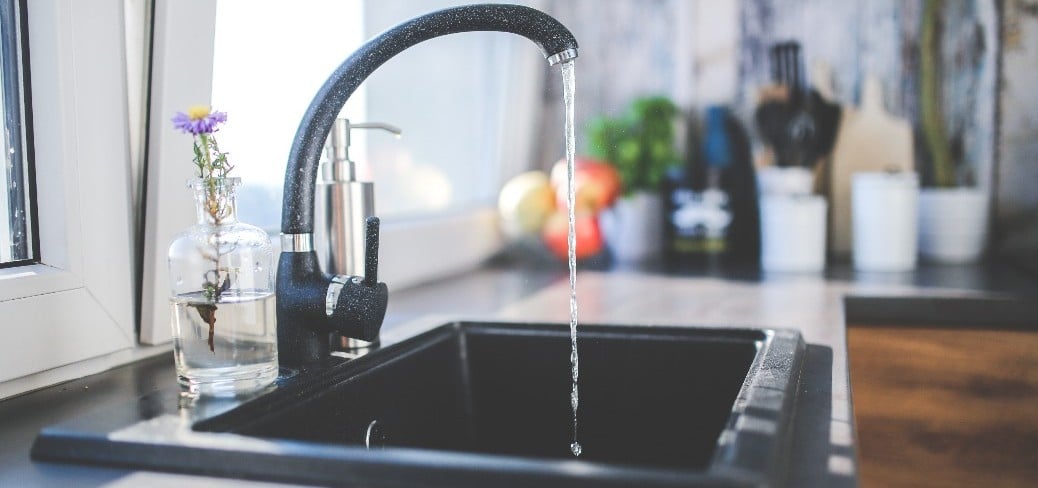Having access to clean drinking water is a universal right. Yet, it remains a pressing and persistent issue in different parts of the world, as millions of people still live in areas where water is a scarce resource.
As time goes by, however, we gradually learn our responsibility on the issue of water scarcity and, over the years, we have grown increasingly aware of how to solve the problem. Thankfully, we are now making real progress.
As a matter of fact, there are numerous projects and systems around the globe today that all have the same goal: to meet our growing demand for clean water. From countertop water filter systems to homemade portable water filters, there are several ways to make sure people have their clean water at their disposal at any given time—and these do not have to be as hard as you may think!


Below is a handy DIY guide to making your own countertop water filter at home:
Make sure you have the following materials:
You can find most of these around the house. Otherwise, you’ll have to buy them at a hardware store. Once you have all the materials, you can begin making your DIY water filter.
STEP ONE. Remove the bottom off the pop bottle by cutting it with a sharp saw.
STEP TWO. Make a hole in the bottle’s lid which fits the straw nicely.
STEP THREE. Place the straw in the hole and place it against the mouth of the jar.
STEP FOUR. Put a layer of cotton batting so it lies against the bottle’s lid, and add a layer of fine-grain sand. On top of that layer, add large-grain sand, and on top of that, you should put small gravel. Finally, pour in the large gravel. Your materials should be going from large to small particles.
STEP FIVE. Place the coffee filter across the top of the bottle, above the layer of large gravel.
STEP SIX. Pour your water in and allow it time to drip into the jar below. To ensure its safety and cleanliness, you can add 4-8 drops of chlorine to every gallon of filtered water, depending on how grimy it is to begin with.
In case you’re in the wild and you are getting unfiltered or murky water from a lake or some body of water, it would still be a good option to boil your filtered water to 100°C or 212°F to kill any more bacteria.
Sounds simple, doesn’t it? Well, you might still want to take note of these few reminders to avoid any mishaps during the process.
It would be best to make up a list of the materials you need and their quantities, as well as calling up some stores you think these items would be available in, so you wouldn’t have to stop the DIY project midway and make a run to any home improvement stores.
This project may seem overwhelming to those who don’t really do DIY home improvement projects. So, one of the best ways to accomplish this is to group your materials or make some sort of production line. Put your filtration components in containers in the order of the layers above. That way, you can orderly lay in the filtering components. It would also be best to have some sort of scoop for the gravel, fine sand, and activated charcoal to avoid any mess.
One of the most important things is to test the quality of the water before and after the process. This way, you will have a real indication of how well your water filter is working. If you’re making a larger filter to store water, you can always do this every time you do get water from your containers. Testing the quality of the water beforehand and afterward also gives you peace of mind that your filter is working. Still, don’t forget to boil it!
And that’s it! Always keep in mind that the fight for access to clean and potable water for everyone doesn’t stop there. Take this DIYguide as an example of how easy it really is to produce and provide clean potable water for you and your family. So, take a second thought before you buy any bottled water especially the expensive brands, because you, too, can actually make this on your own even on a larger scale should you wish to.
This website uses cookies.